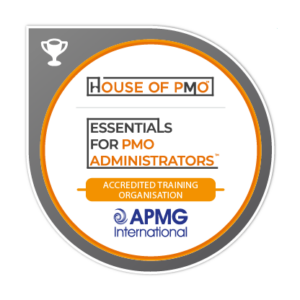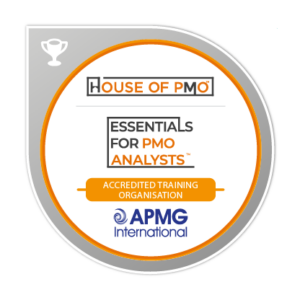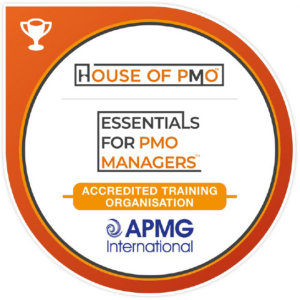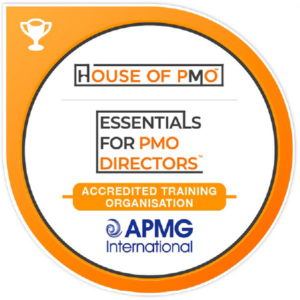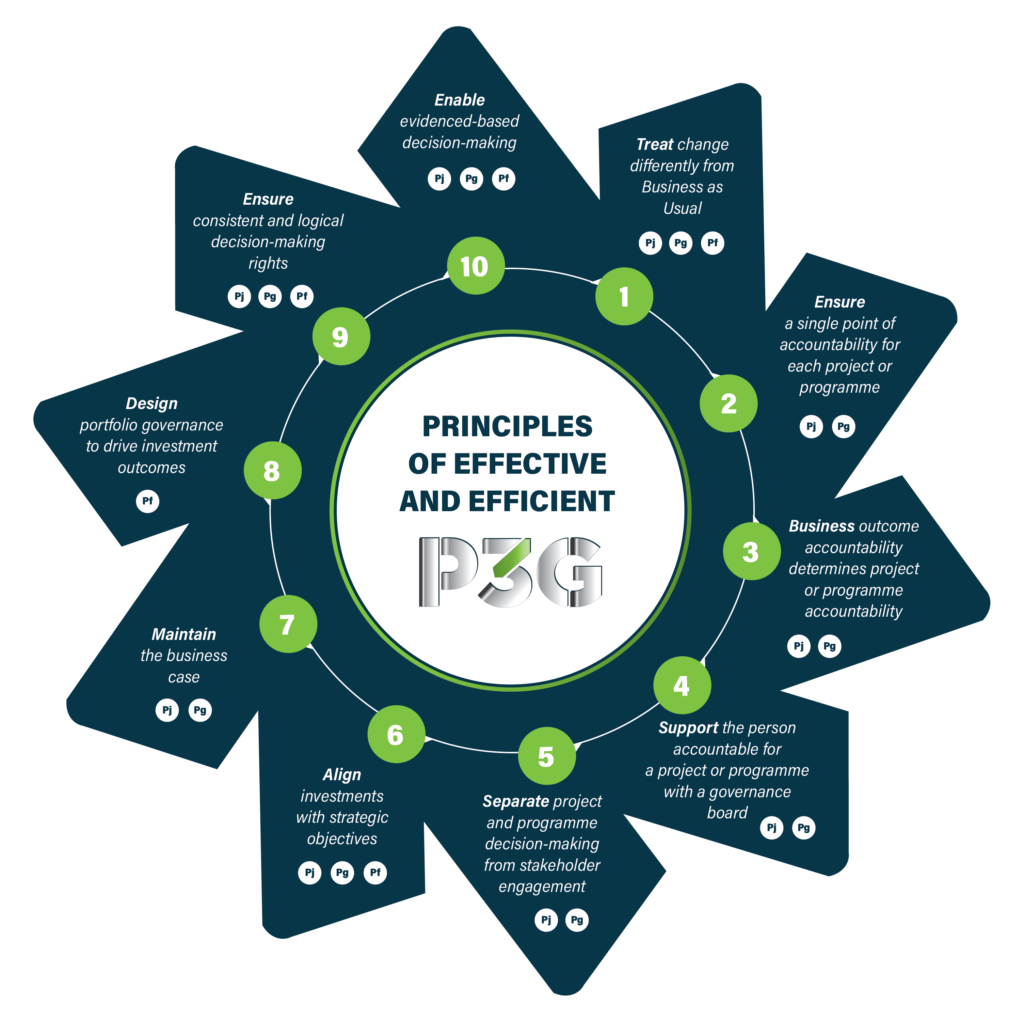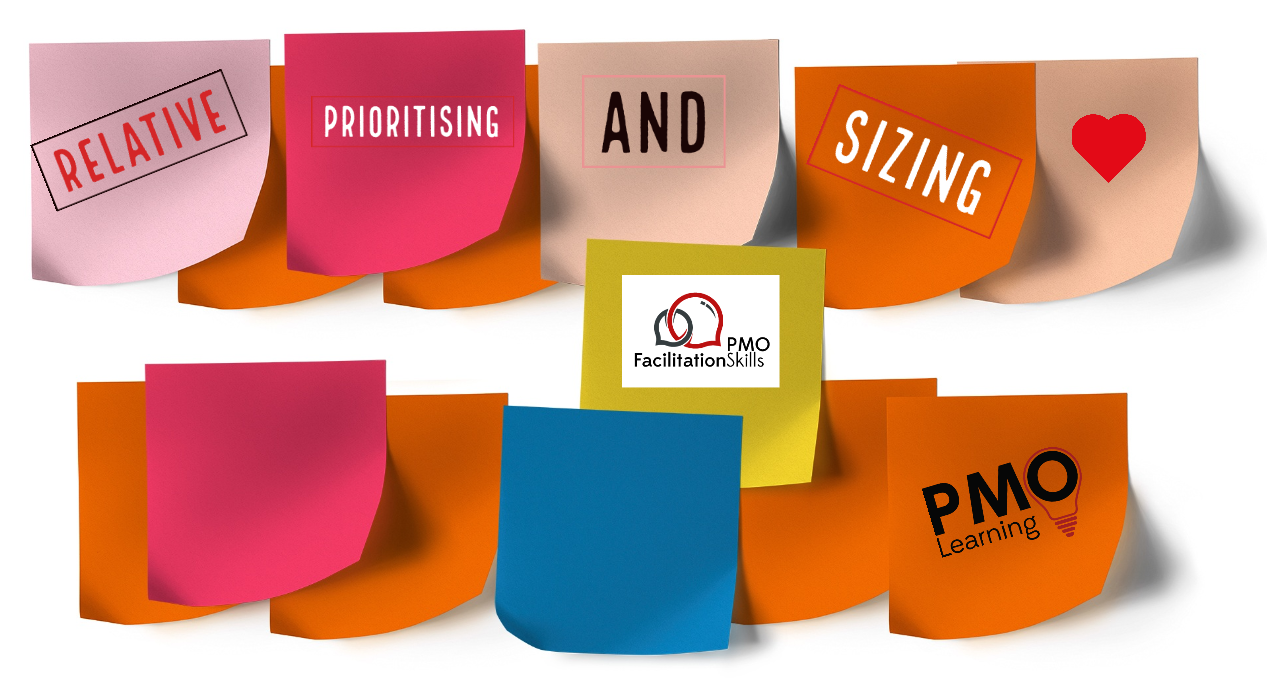
Relative Prioritising and Sizing
That’s the great thing about a lot of the facilitation models, techniques and approaches – they’re simple to make it easier for people to get the concept quickly and then work on the real job at hand – understanding the problem and finding a way forward with the solution.

This model for relative prioritising and sizing of requirements is a technique often used in an Agile/SCRUM environment, but I have found it to be invaluable in many different situations.
It is a way of quickly mapping out the relative priority and complexity or size of the items identified so that decisions can be made about what to action. Rather than thinking about what the priority of each item should be, or estimating the work involved, the items are placed on a scale, based on how they sit in relation to other items on that scale. For example, you don’t need to know the exact weights of an apple and a melon, to immediately realise that one is most likely to be about three times bigger and heavier.
As you can see in the image, the horizontal axis represents the size or complexity of the task. The vertical axis represents priority. Ask the group to place each of the items identified during the brainstorming session on the matrix. Lots of discussion around why one thing is considered more or less complex, or higher priority than another, will help increase the shared understanding amongst the group. When all the items have been placed, decisions can more easily be made on which items will be actioned, by who and when.
The idea is that our brains are quicker at determining comparisons than worrying about calculating actual amounts.
It’s pretty easy to see how this approach could be used by the PMO to facilitate many different problems that need solving including project meetings – where teams need to brainstorm during the

initiation phase – or perhaps with a client involved too. Portfolio level PMOs can utilise it for portfolio prioritisation sessions. For the PMO itself, an approach like this could be used for introducing a new PMO service or planning continuous improvements over a year.
We take a closer look at the need for facilitation skills in the PMO with the half-day course – Facilitation Fundamentals for the PMO – it’s a great course to do before the PMO’s Guide to Agile Retrospectives – both take place on the same day.




